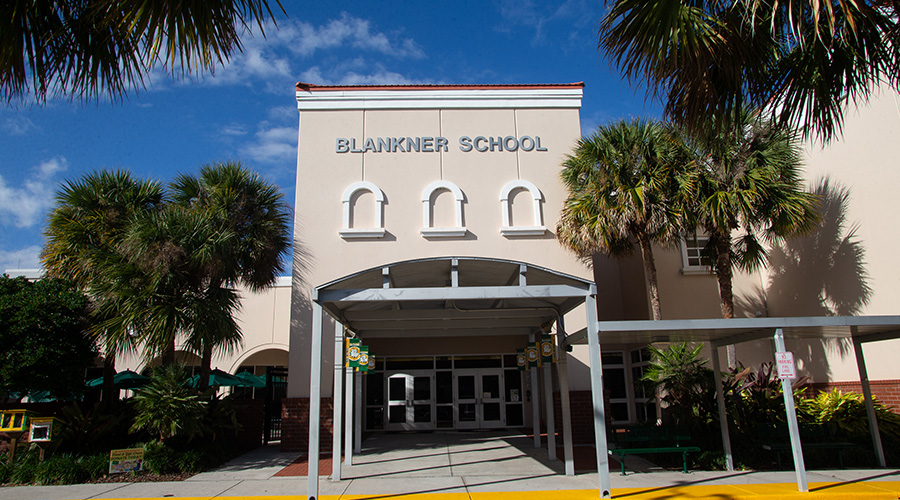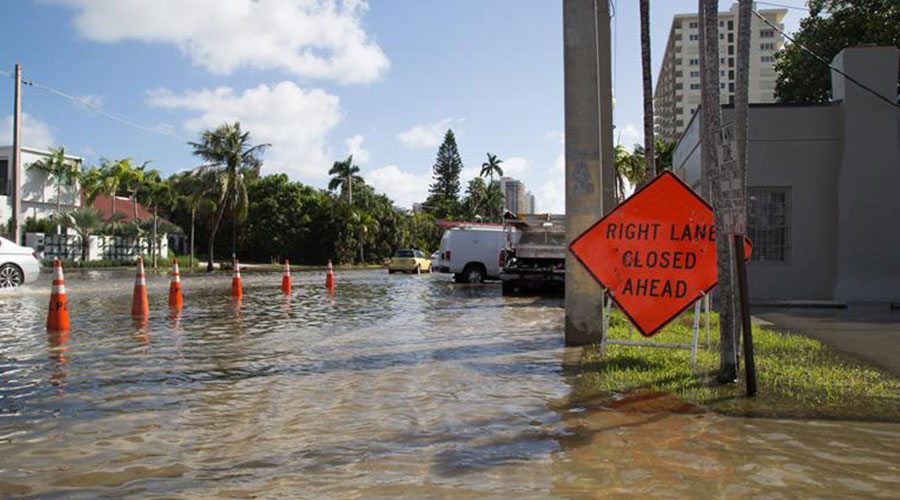Multiple Layers Help Colleges, Universities Maximize Effectiveness Of Mass Notification
Kennesaw State University faced the question of how to handle older infrastructure as it put its overall mass notification system in place, says Bob Lang, chief security officer. Like many colleges and universities, Kennesaw State uses multiple layers of mass notification, including text messages, email alerts, desktop notifications, and voice communication through loudspeakers. A few years ago, the university investigated some "red Easy Button" systems that would have performed multiple functions at the push of a button, says Lang, but the cost for the systems themselves was prohibitive. The university would've gone from spending roughly $44,000 a year to $200,000, and that doesn't even include the cost of updating older fire panels to models that could support mass notification. That cost caused the university to ask exactly what it wanted from a mass notification system, which is a question that too often goes unanswered when facility managers are evaluating options.
"What we were trying to accomplish was dropping the amount of time it took to actually make the notification, and what we were realizing was we could probably save 30 seconds, but pay another $150,000, so it didn't make sense," Lang says.
When evaluating existing and planned infrastructure for a mass notification system, keep that "what are we trying to accomplish?" question in mind, because it can help sharpen the focus of a list of capabilities from a wish list to a practical plan for what your facility really needs. Speed is important, of course, but will saving that 30 seconds be worth an extra $150,000 a year?
Planning And Preparation
Answering all these questions needs to be done at the beginning of the process, says Jelenewicz. When planning a mass notification system, start by gathering stakeholders — the owner, facilities, security, campus or local police, local fire departments, even occupant or staff representatives — and walk through a risk assessment, identifying events and evaluating their likelihood and severity.
Part of evaluating the risks includes how people can and will react and how they should be informed. That makes understanding the demographics of the population you're trying to protect an important part of the initial risk assessment.
"Are they an older population? That makes a difference in how we communicate to them," Jelenewicz says. "Or is it a college-type atmosphere, where we see a lot of transient behaviors? For example, no student is in the same building all day."
Evenson points out that in many cases, you also have to evaluate not only the types of buildings you have, but the types of spaces within those buildings. With work options such as hoteling or collaborative space becoming more popular, that adds another variable to the equation. This can lead to limitations on the traditional communication methods, including fire alarm panels that are compliant with the mass notification standards. If someone's working outside in a green area or a group of employees are sitting in the courtyard having a brainstorming session, they may not hear the alarm, or at least the message, so you can't just say you'll use the fire alarm system and leave it at that.
"Trying to take a fire alarm system and turning it into a mass notification system doesn't really work, because you've got a lot of your occupants on the outside of the buildings," he says.
Related Topics:














